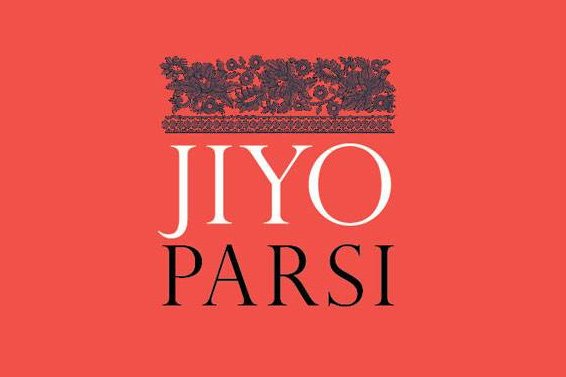With 230 babies, ‘Jiyo Parsi’ brings cheers
“230 and counting…” – that is the number of children born to Parsi couples since 2014, who benefitted from the Centre’s ‘Jiyo Parsi’ scheme, aimed at arresting a sharp decline in the community’s numbers. The scheme took off in 2013-14 as an urgent response to the 2011 census data that pitched the Parsi population at just 57,264- a steep drop from 1,14,000 in 1941.
A scheme to spur the mating instinct may have seemed esoteric, but it would seem some gains have been made. The data of 230 children pertains to those couples who benefited from medical reimbursements offered under ‘Jiyo Parsi’ for medical interventions like fertility treatments, Assisted Reproductive Technologies and counselling— all intended to preserve a community, which despite its small numbers, played a disproportionate role in national life, producing stellar cricketers, exceptional scientists and trail-blazing industrialists.
The good news is that the Parsi story is witnessing a turnaround of sorts with younger couples choosing to have not one, but two children. The 2021 census will be an important milestone that will reflect how far the community has been able to slow down the trend. Studies conducted in the past to assess the reasons for the decline pitched a worrisome picture of there being an average of one child below the age of 10 in nine families.
With Maharashtra being home to most Parsis followed by Gujarat, Mumbai-based Karmin and Yazad Gandhi’s story reflects the changing mindset. This year Christmas was special as it was Rayaan – their second born’s first big festival. He completes three months on December 30 and has an elder sister Zaisha who is 2.
The family is a beneficiary of the ‘health for community’ component of Jiyo Parsi, which includes financial assistance of Rs 4,000 for crèche support per child up to the age of 8 to couples who fall within a certain income bracket.
Professionals in the tourism industry, Karmin and Yazad, are candid that the crèche support for their first child helped them plan their second. Yazad, who was 28 when he got married, says, “I was a single child but I was clear about marrying early and having children so that I could grow with them. The advocacy at community events does motivate young people,” he shared.
A review of the Jiyo Parsi scheme of the ministry of minority affairs (MoMA) is set out in great detail in a report of the parliamentary standing committee on social justice. The committee, led by Rama Devi, has emphasised the need for a separate census for the Parsi community.
Recognising the importance of numbers to assess the changes on ground over the last decade, Shernaz Cama, Director UNESCO Parzor and National Director Jiyo Parsi Programme, said they have already started planning on the outreach to ensure that when the enumeration exercise for census 2021 starts next year, the community is ready to come forward to be counted.
TOI search of Jiyo Parsi community posts on social media platforms found that marriages and child birth make for big news. In one post, a mother shares a poem along with her baby’s photograph and speaks of her dream of having a child being the biggest joy of the world.
“Low rate of marriage, delayed marriage and the largest numbers of those never married till age of 40 has led to a decrease in the number of babies born. Therefore, it is important to change both marriage patterns as well as treat infertility which is a socio- psychological problem,” the ministry said in a reply to the committee.
It has been found that because of the very large proportion of elders in the community, a younger couple often bears the responsibility of several elders.
The Jiyo Parsi scheme therefore also provides for a senior citizen honorarium of Rs 3000 for childcare per child per month up to the age of 10 years. Assistance of Rs 4,000 per month per person after the age of 60 years is also provided.





